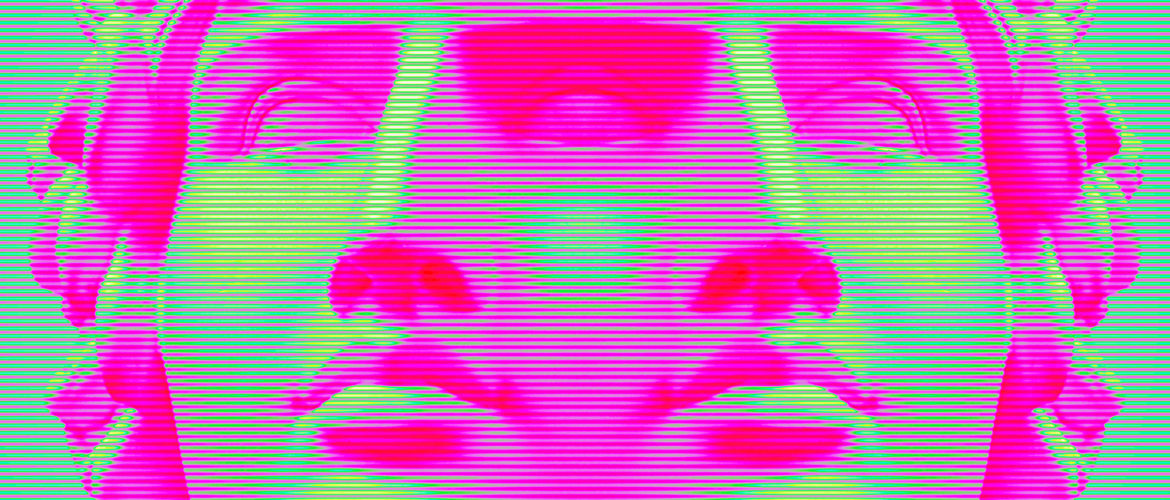Three Features That Make Net Art Different from Digital Art

What do you know about net art? You would be right to guess that its name derives from “Internet art,” but what you are imagining is probably not exactly true. We have all heard of digital art — works created using computer programs and virtual tools and/or uploaded online. Digital exhibition spaces are gaining prevalence among art galleries, and NFT and Web3 are a whole different beast that can be discussed endlessly. So, what makes net art so different from regular digital artworks?
What Is Net Art?
Net art is a form of new-media art, which emerged around the 90s and is heavily inspired by traditions of Dada, kinetic art, video art, and many more. It has since branched out to various sub-genres, such as browser art, software art, glitch art, and many more.
Three Features That Make Net Art Different from Digital Art
It is often interactive
When we think of digital art, we imagine an image or video posted online for people to see. However, most digital art is non-interactive, which is its main difference from Internet art. The latter is usually interactive, as it borrows this feature from the way most regular websites function.
It is not just drawings
Typically, net art expands way past digital images. It can take the form of an interactive website, software, or even a video game. Internet art aims to convey messages or provide sensory experiences by reimagining how websites can be used. Websites designed by net artists might not be informative or useful in a way that any regular website could be. Instead, they are meant to be enjoyed as works of art. For example, an art collective called JODI made a fully interactive HTML website that takes you on a journey through bright neon colors, exposed lines of code, and seemingly nonsensical text.
It can only exist on the Internet
You can print out a digital painting on a piece of paper, and it will still retain its main characteristics. Net art is the direct opposite of that — it only makes sense as an art form when it exists on the Internet, as it relies on features provided by the World Wide Web.
Artists of the time who were just getting acquainted with the Internet saw it as a tool that could be used for a radical subversive form of self-expression unbound by the constraints of regular exhibition spaces and institutions. With the technology available today, it is safe to say that this art form has a lot of potential.
